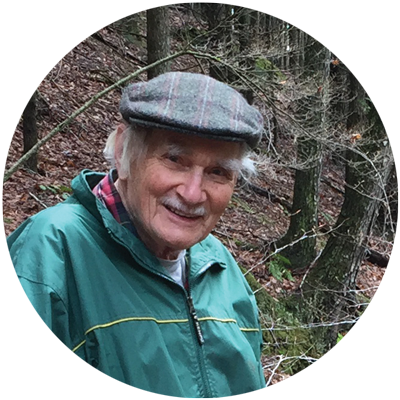Home >
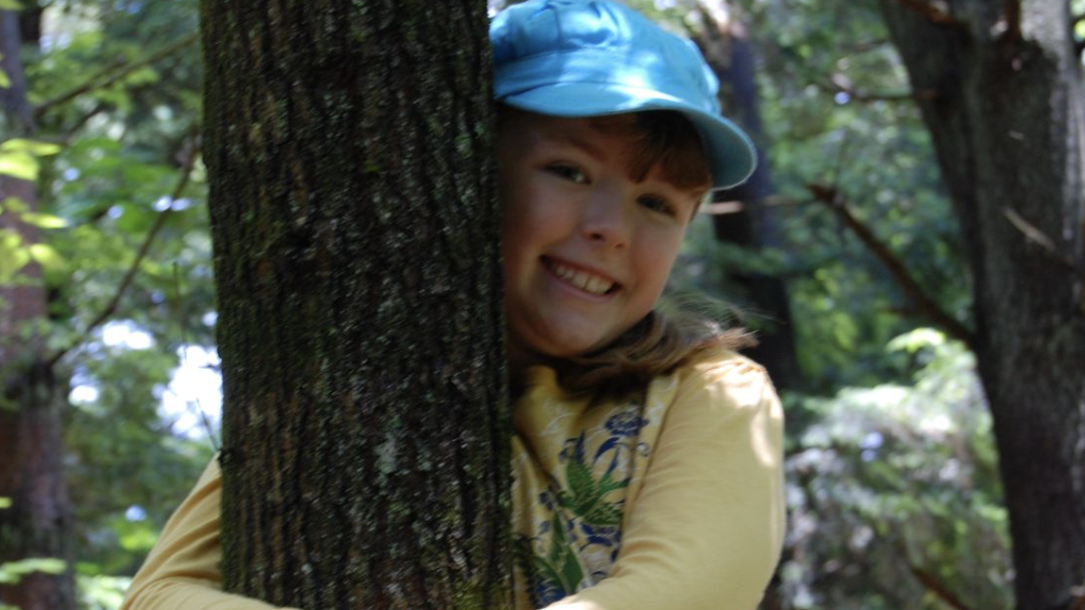
Democrats respond to fear because they internalize it already. Republicans respond to opportunity.
Most people now agree that climate change is real and that humans are causing it. But that’s where the consensus stops. Political pollster and strategist Frank Luntz, known for pioneering political focus groups, believes there is a better way to reach more people, more effectively in order to mobilize real action on climate change. In this highly interactive talk…
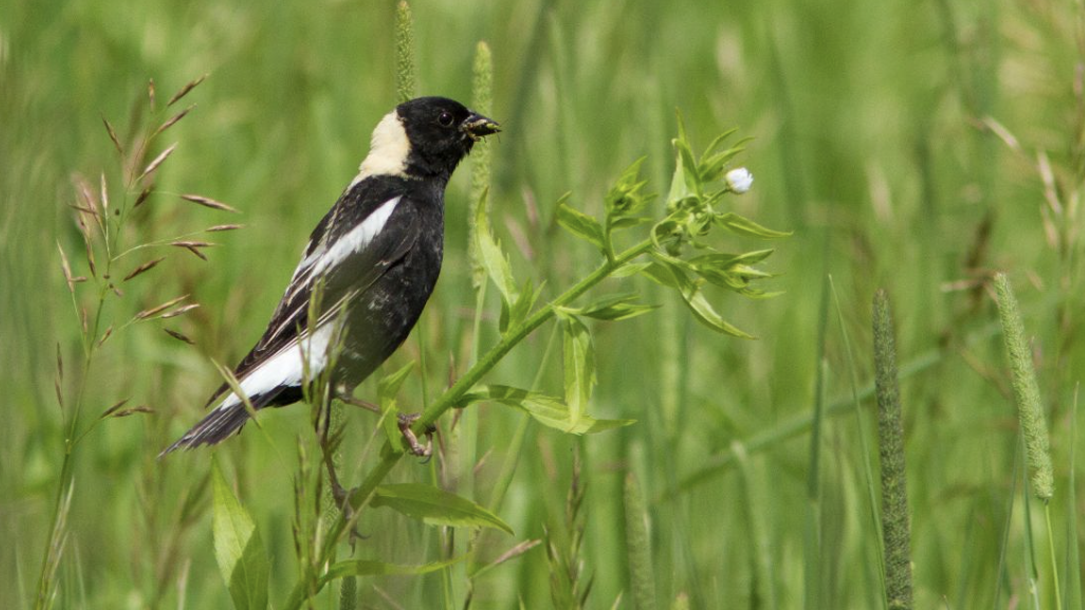
Biodiversity safeguards bird communities under a changing climate
Community-level diversity works as a buffer against negative climate change impacts, especially during winter, i.e the season that has shown strongest climatic warming across the Northern Hemisphere.
On the other hand, biodiversity played a smaller role during the breeding season. Indeed, earlier studies have shown that bird communities change faster during winter than summer, which explains this pattern…

Alley cropping case studies in Appalachia
The Natural Resource Conservation Service (NRCS) describes alley cropping as having several conservation purposes, including reducing surface water runoff and erosion, improving soil health, altering subsurface water quantity or water table depths, enhancing wildlife and beneficial insect habitat, increasing crop diversity, and increasing carbon storage.
Much like agrivoltaics with crops and/or cattle, the combined farming practice can increase overall yields and benefits. Plus, funding may be available. The case study focuses on Appalachia but could be emulated elsewhere.
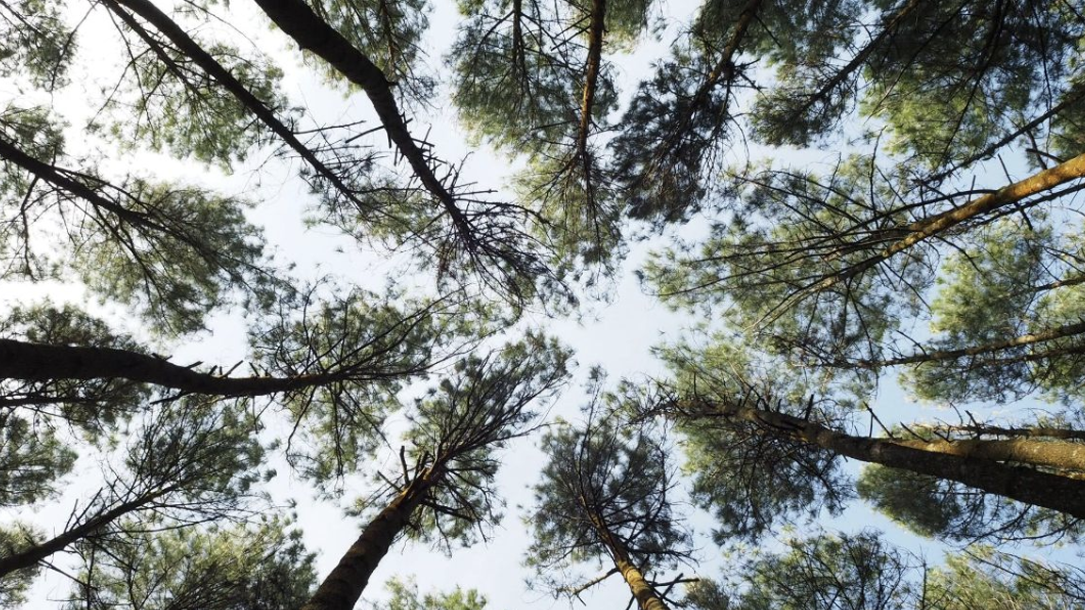
New York City’s greenery absorbs a surprising amount of its carbon emissions
A study of vegetation across New York City and some densely populated adjoining areas has found that on many summer days, photosynthesis by trees and grasses absorbs all the carbon emissions produced by cars, trucks and buses, and then some. The surprising result, based on new hyper-local vegetation maps, points to the underappreciated importance of urban greenery in the carbon cycle…
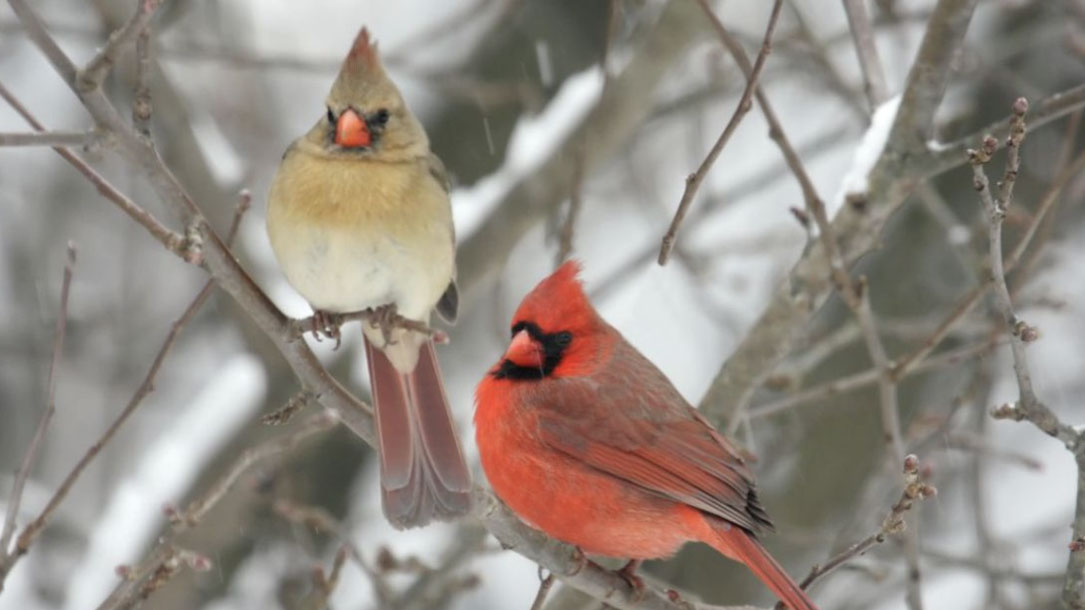
Climate change, habitat loss (and, yes, even cats) pose a greater threat to birds than windmills
Research quantifying the full scale of wind turbine activity’s impact upon birds both through their migratory patterns and killed by collision with wind turbines is a matter of current scientific studies. It is important to quantify these impacts, but it is also important to acknowledge that these impacts are certainly negligible compared to other drivers of bird mortality.
The number of birds killed by wind turbine collisions per year is estimated to be between 150,000 and 500,000, but when you put this number in perspective, it pales in comparison to other causes of bird mortality…

Solar panels help French winemaker keep climate change at bay
A roof of solar panels shades Pierre Escudie as he inspects the last plump grapes to be harvested at his vineyard in southwest France, after a year of hard frosts and blistering heat that damaged many of his neighbors’ crops.
The solar panels insulate the grapes during periods of extreme cold and shield them from the sun’s harsh rays during heat waves. The panels also rotate to allow more light to hit the vines on more overcast days…
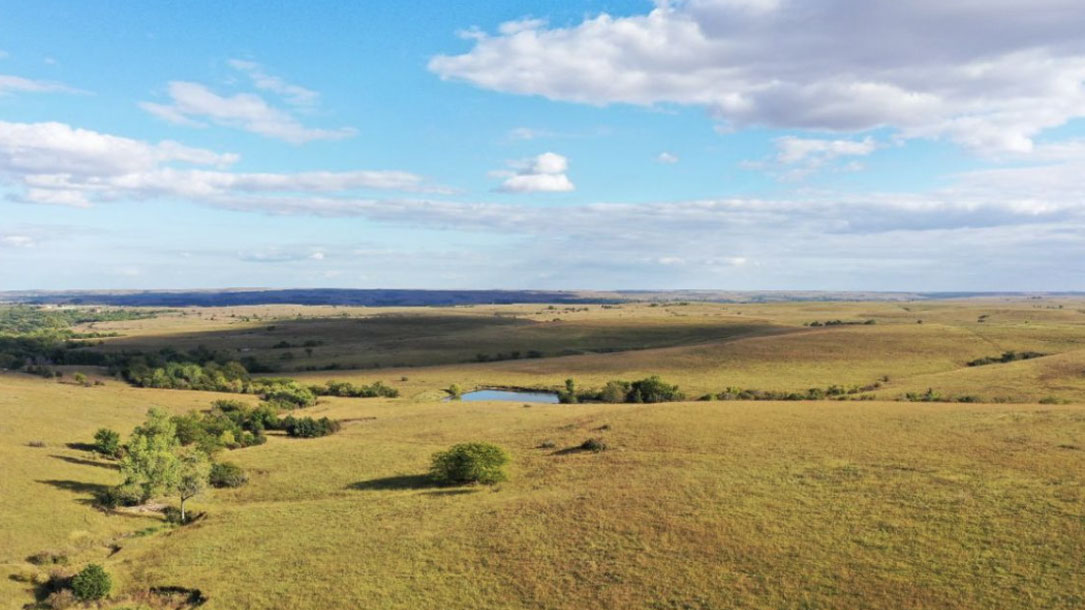
Ancient grasslands guide ambitious goals in grassland restoration
Grasslands, which constitute almost 40% of the terrestrial biosphere, provide habitat for a great diversity of animals and plants and contribute to the livelihoods of more than 1 billion people worldwide. Whereas the destruction and degradation of grasslands can occur rapidly, recent work indicates that complete recovery of biodiversity and essential functions occurs slowly or not at all. Grassland restoration—interventions to speed or guide this recovery—has received less attention than restoration of forested ecosystems, often due to the prevailing assumption that grasslands are recently formed habitats that can reassemble quickly. Viewing grassland restoration as long-term assembly toward old-growth endpoints, with appreciation of feedbacks and threshold shifts, will be crucial for recognizing when and how restoration can guide recovery of this globally important ecosystem.

The Great Exhaustion: long-lasting pandemic effects
If you are feeling exhausted, and you are not quite sure why, you are not alone. At least once a week, I hear from patients and colleagues alike that “I am just so bone-tired, and I don’t know why.”
While I am not aware of the numbers and official statistics nationwide, I personally know many individuals who have at this point needed to take time off from work under the Family and Medical Leave Act due to COVID-19-related mental health difficulties.
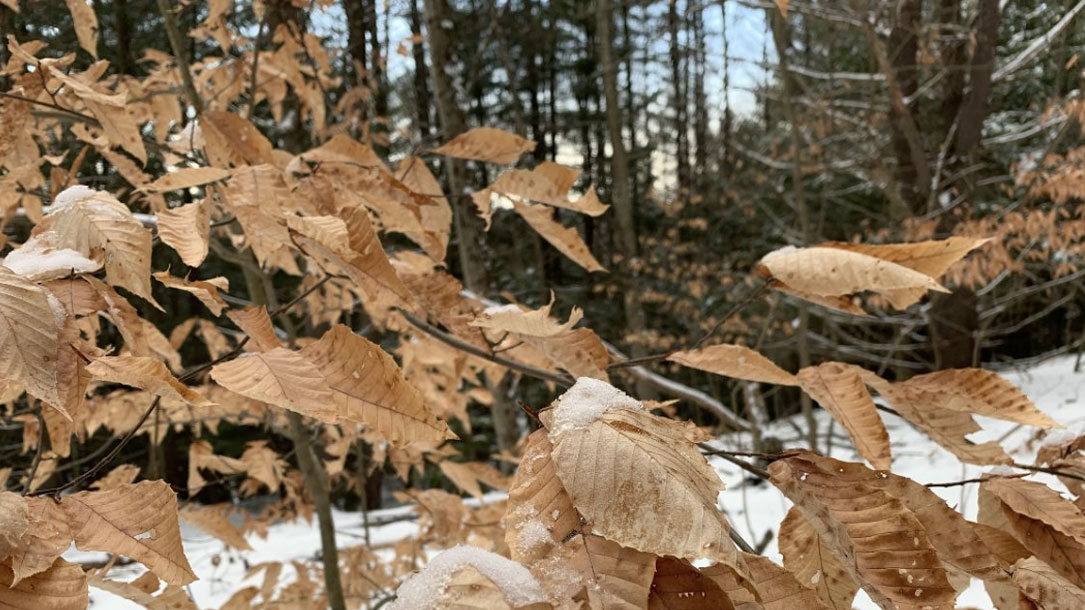
New England’s climate imperative: our forests as a natural climate solution
In this study, five pathways are developed and assessed that could increase the climate mitigation potential of New England’s forests:
- Avoided deforestation
- Wildland reserves
- Improved forest management
- Mass timber construction
- Urban and suburban forests

Healthy soil grants
Vermont farmers have an essential role to play in combating climate change. Some farming practices can trap carbon and keep it out of the atmosphere, while supporting wildlife habitat, healthier soils, and cleaner water. The challenge can be sustaining profitability while making significant changes.
Which practices are worth the investment? And how long will they take to pay off?
To answer these questions and more, we are partnering with Bio-Logical Capital and the University of Vermont on a Conservation Innovation Grant funded by the Natural Resources Conservation Service. This five-year research project will provide direct payments to Vermont farmers who agree to implement farming practices that improve soil health…



